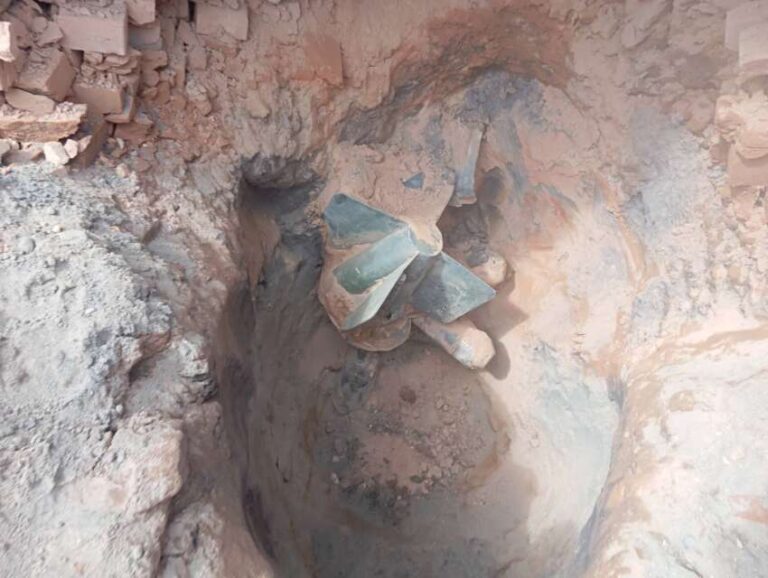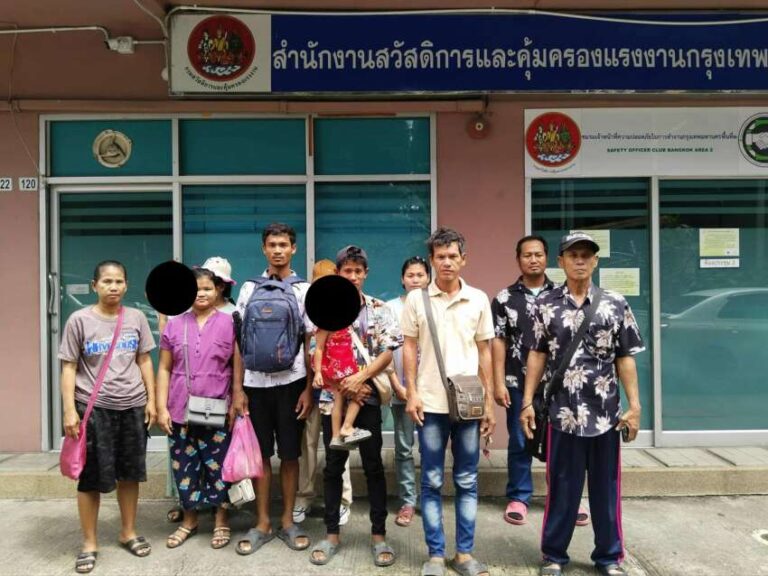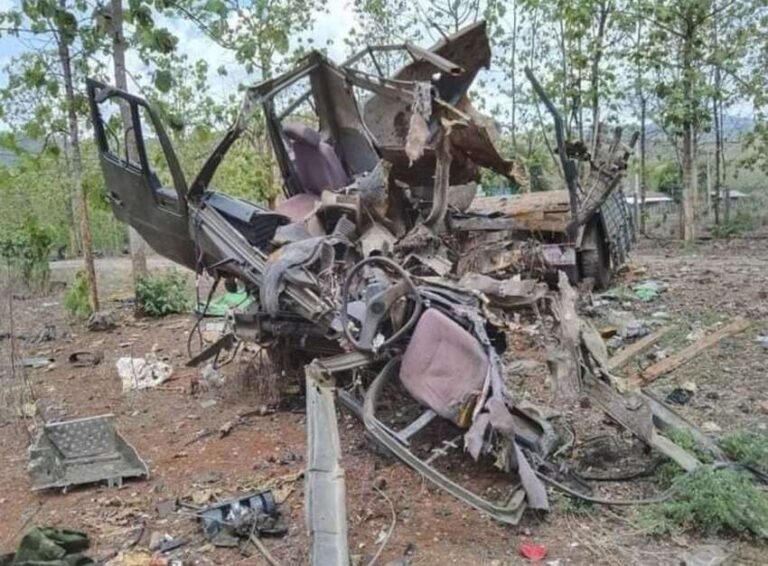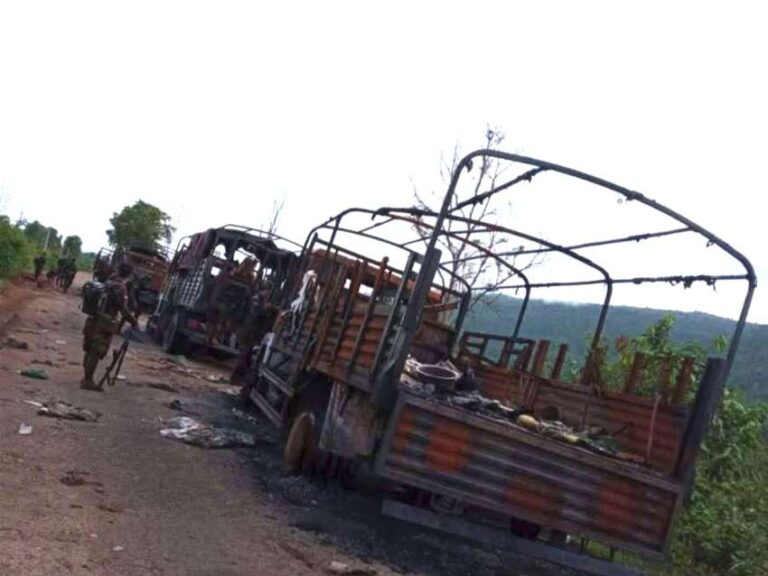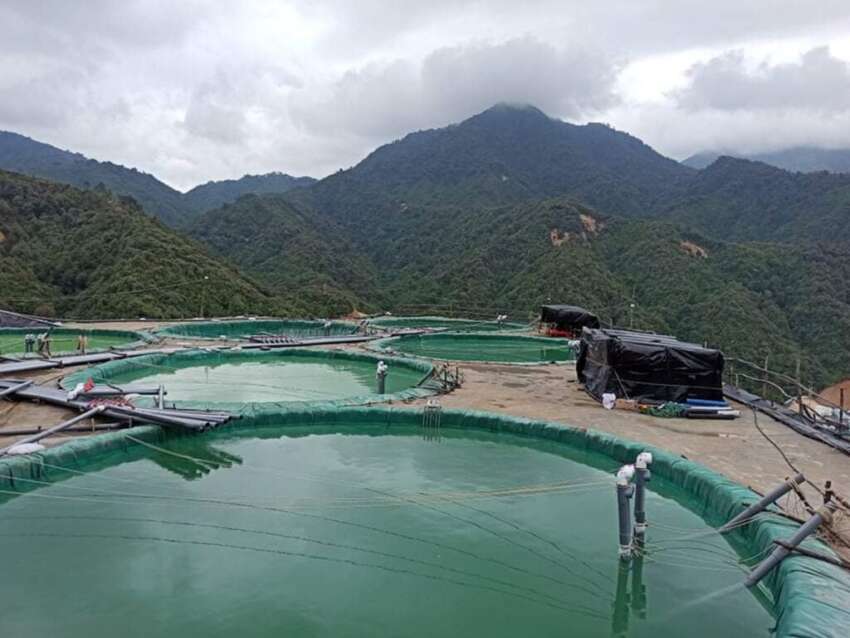
The Shan Human Rights Foundation has reported that the number of rare earth mining sites has increased to 19 in the territory controlled by the National Democratic Alliance Army (NDAA), or Mongla Army, near the Mekong River in eastern Shan State. This represents a dramatic increase from just 3 mining sites in early 2021 to 19 sites within four years. These mining operations in Mong Yawng Township are located within 40 kilometers of the Mekong River and feature circular leaching pools arranged in rows, similar to rare earth mines in Kachin State.
The mines employ in-situ leaching methods to extract rare earth elements, using chemical processes. Currently, 16 mines are operational, while three are under construction. Most of the mining sites are situated in mountainous terrain between 4,000 and 5,000 feet above sea level, approximately 4 kilometers from the Chinese border. Water from this region flows through the Nap stream into the Lwe River, which is a tributary of the Mekong River. According to the Shan Human Rights Foundation, the profits from these mining operations flow directly to China, with local communities receiving virtually no benefits. Furthermore, there are indications that China provides support to the military council through these operations.
Environmental concerns and health impacts on local residents have been documented since 2006. The mining sites are located within Special Region 4, territory controlled by the NDAA since their 1989 ceasefire agreement with the Myanmar military government. Recent satellite imagery shows the rapid expansion of mining operations, with chemical storage facilities and pipeline networks covering hillsides. The environmental impact extends beyond the immediate area, as the Lwe River joins the Mekong River at Sop Lwe, approximately 125 kilometers northeast of the Golden Triangle junction where Laos, Myanmar, and Thailand meet. This has raised concerns about water pollution affecting multiple countries along the Mekong River system.
